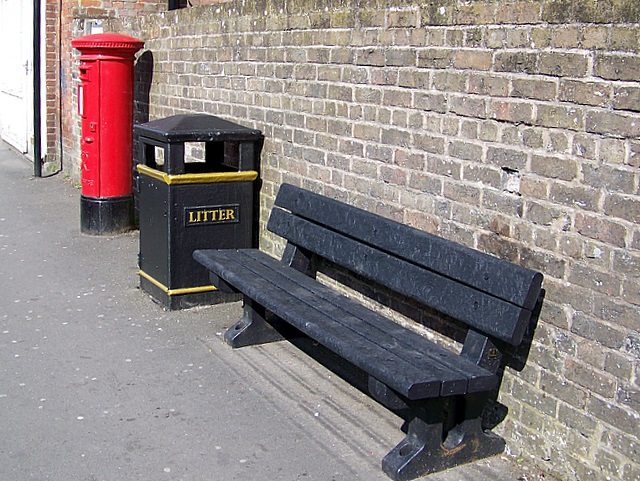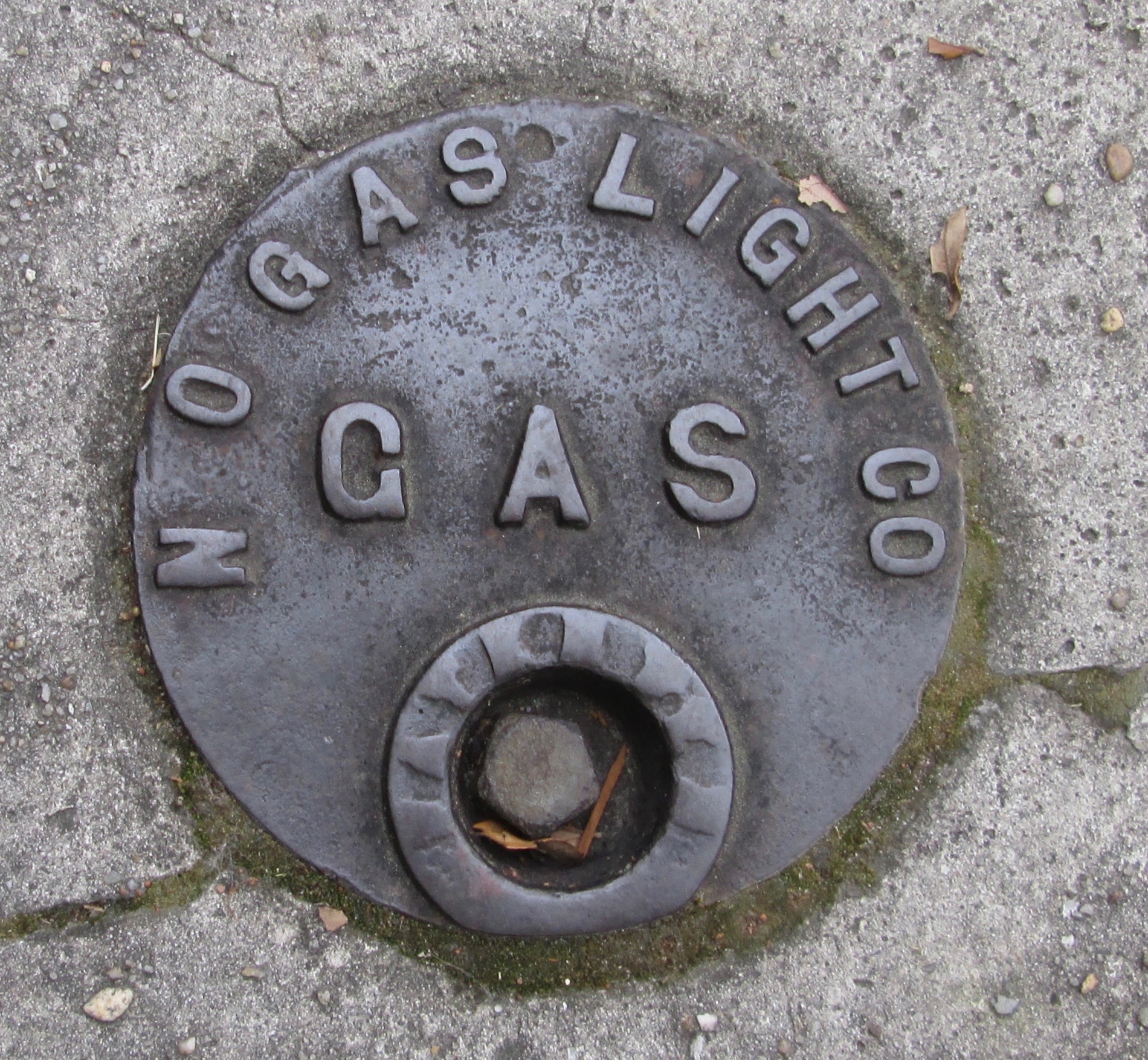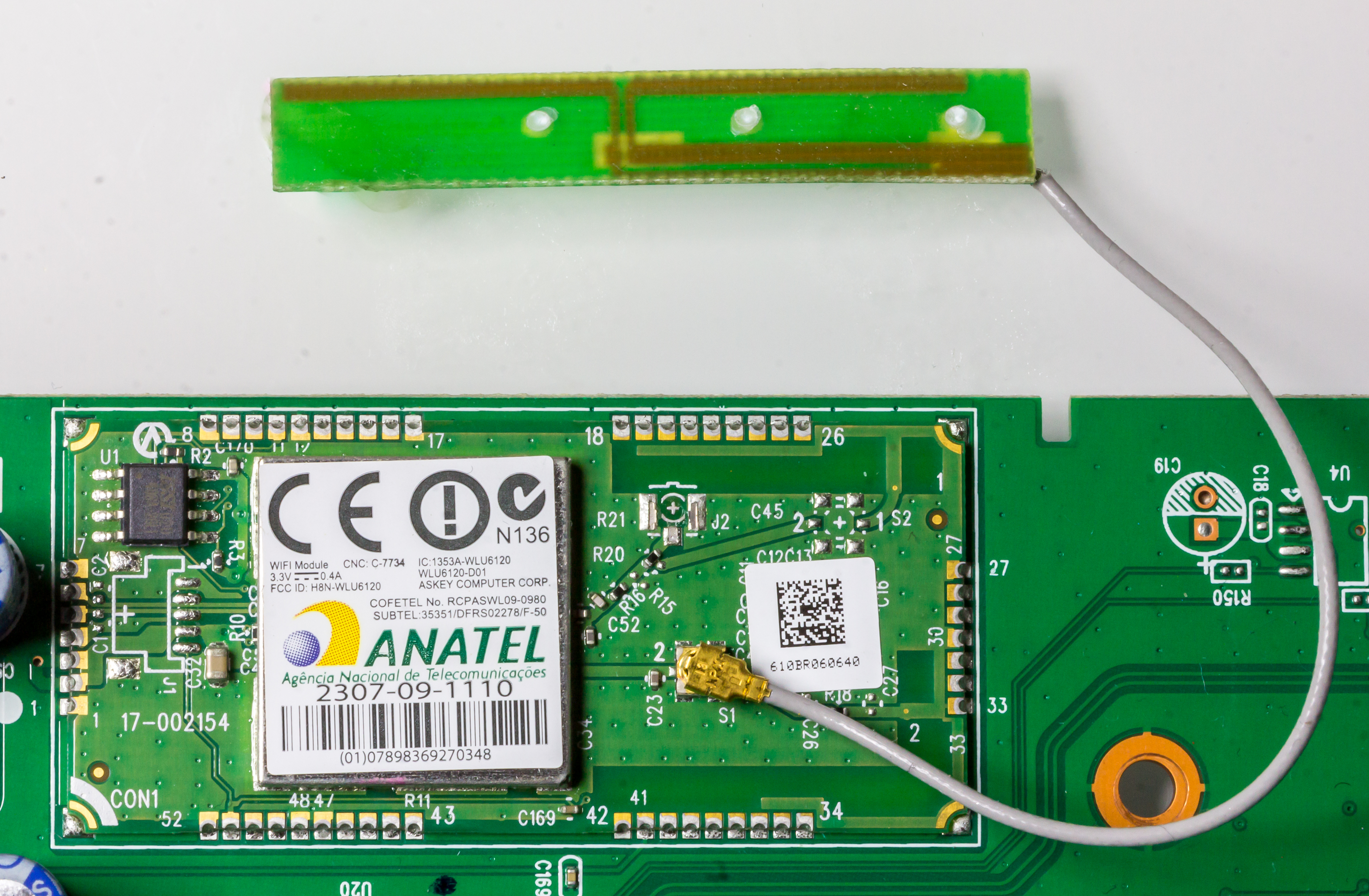|
Orelhão
Orelhão (''Big Ear''; plural: ''Orelhões''), officially Telefone de Uso Público (''Public Use Telephone'') is the name given to the protector for public telephones designed by Chinese Brazilian architect and designer Chu Ming Silveira. It was created on April 4, 1972 and it was initially used in the cities of Rio de Janeiro and São Paulo. Today, they are present everywhere in Brazil, as well as in other Latin American countries such as Peru, Colombia and Paraguay, in African countries like Angola and Mozambique, in China, and in other parts of the world. Background The installation of the first public payphones in Brazil dates from the 1920s, when the population of the country at that time was around 30.6 million inhabitants. Equipped with a token box and adapted to a common device, these semi-public telephones were found in commercial establishments that signed a contract with Companhia Telefônica Brasileira (Brazilian Telephone Company), a Canadian-owned company that wa ... [...More Info...] [...Related Items...] OR: [Wikipedia] [Google] [Baidu] |
Orelhão Em São Paulo
Orelhão (''Big Ear''; plural: ''Orelhões''), officially Telefone de Uso Público (''Public Use Telephone'') is the name given to the protector for public telephones designed by Chinese Brazilian architect and designer Chu Ming Silveira. It was created on April 4, 1972 and it was initially used in the cities of Rio de Janeiro and São Paulo. Today, they are present everywhere in Brazil, as well as in other Latin American countries such as Peru, Colombia and Paraguay, in African countries like Angola and Mozambique, in China, and in other parts of the world. Background The installation of the first public payphones in Brazil dates from the 1920s, when the population of the country at that time was around 30.6 million inhabitants. Equipped with a token box and adapted to a common device, these semi-public telephones were found in commercial establishments that signed a contract with Companhia Telefônica Brasileira (Brazilian Telephone Company), a Canadian-owned company that wa ... [...More Info...] [...Related Items...] OR: [Wikipedia] [Google] [Baidu] |
Chu Ming Silveira
Chu Ming Silveira (; April 4, 1939 – June 18, 1997) was a Brazilian architect and designer, creator of the Orelhão telephone booth. Early life Chu Ming Silveira was born in Shanghai on April 4, 1941 to Chu Chen and Shui Young Queen. She was the second of four siblings. Her father was a civil engineer who served in Chiang Kai-Shek's Nationalist military against the Communists during the Chinese Civil War. After the Communist victory in 1949, her family faced violent persecution and repression for being on the Nationalists' side, which led her father to move the family to Hong Kong, where they stayed for a few months in hopes of eventually making it to America. In 1950, her family traveled from Hong Kong to Brazil on a three-month long voyage by ship. They initially arrived in Rio de Janeiro, then settled down in São Paulo, in the Bairro Pinheiros. Once in Brazil, Chu Chen and Shui Young Queen decided to baptize their children as Catholics with Western names. At the age of 9, C ... [...More Info...] [...Related Items...] OR: [Wikipedia] [Google] [Baidu] |
Telephone Booth
A telephone booth, telephone kiosk, telephone call box, telephone box or public call box is a tiny structure furnished with a payphone and designed for a telephone user's convenience; usually the user steps into the booth and closes the booth door while using the payphone inside. In the United States and Canada, "telephone booth" (or "phone booth") is the commonly used term for the structure, while in the Commonwealth of Nations (particularly the United Kingdom and Australia), it is a "phone box". Such a booth usually has lighting, a door to provide privacy, and windows to let others know if the booth is in use. The booth may be furnished with a printed directory of local telephone numbers, and a booth in a formal setting, such as a hotel, may be furnished with paper and pen and even a seat. An outdoor booth may be made of metal and plastic to withstand the elements and heavy use, while an indoor booth (once known as a silence cabinet) may have more elaborate architecture and ... [...More Info...] [...Related Items...] OR: [Wikipedia] [Google] [Baidu] |
Saint Sebastian
Saint Sebastian (in Latin: ''Sebastianus''; Narbo, Gallia Narbonensis, Roman Empire c. AD 255 – Rome, Italia, Roman Empire c. AD 288) was an early Christian saint and martyr. According to traditional belief, he was killed during the Diocletianic Persecution of Christians. He was initially tied to a post or tree and shot with arrows, though this did not kill him. He was, according to tradition, rescued and healed by Saint Irene of Rome, which became a popular subject in 17th-century painting. In all versions of the story, shortly after his recovery he went to Diocletian to warn him about his sins, and as a result was clubbed to death. He is venerated in the Catholic Church and the Orthodox Church. The oldest record of the details of Sebastian's martyrdom is found in the ''Chronograph of 354'', which mentions him as a martyr, venerated on January 20. He is also mentioned in a sermon on Psalm 118 by 4th-century bishop Ambrose of Milan (Saint Ambrose): in his sermon, Ambrose st ... [...More Info...] [...Related Items...] OR: [Wikipedia] [Google] [Baidu] |
Street Furniture
Street furniture is a collective term for objects and pieces of equipment installed along streets and roads for various purposes. It includes benches, traffic barriers, bollards, post boxes, phone boxes, streetlamps, traffic lights, traffic signs, bus stops, tram stops, taxi stands, public lavatories, fountains, watering troughs, memorials, public sculptures, and waste receptacles. Description and use Street furniture is a collective term used in the United States, United Kingdom, Australia, and Canada. It refers to objects and pieces of equipment installed along streets and roads for various purposes. The design and placement of furniture should take into account aesthetics, visual identity, function, pedestrian mobility and road safety. For example, street furniture can be positioned to control overspill parking in addition to its primary purpose; for example a bench and a number of bollards may be used to block access to a sidewalk or verges for vehicles. Items * ... [...More Info...] [...Related Items...] OR: [Wikipedia] [Google] [Baidu] |
Public Phones
A payphone (alternative spelling: pay phone) is typically a coin-operated public telephone, often located in a telephone booth or in high-traffic outdoor areas, with prepayment by inserting money (usually coins) or by billing a credit or debit card, or a telephone card. Prepaid calling cards also facilitate establishing a call by first calling the provided toll-free telephone number, entering the card account number and PIN, then the desired telephone number. An equipment usage fee may be charged as additional units, minutes or tariff fee to the collect/third-party, debit, credit, telephone or prepaid calling card when used at payphones. By agreement with the landlord, either the phone company pays rent for the location and keeps the revenue, or the landlord pays rent for the phone and shares the revenue. Before the ubiquity of mobile phones, payphones were often found in public places to contribute to the notion of universal access to basic communication services. In the late ... [...More Info...] [...Related Items...] OR: [Wikipedia] [Google] [Baidu] |
Public Phone
A payphone (alternative spelling: pay phone) is typically a coin-operated public telephone, often located in a telephone booth or in high-traffic outdoor areas, with prepayment by inserting money (usually coins) or by billing a credit or debit card, or a telephone card. Prepaid calling cards also facilitate establishing a call by first calling the provided toll-free telephone number, entering the card account number and PIN, then the desired telephone number. An equipment usage fee may be charged as additional units, minutes or tariff fee to the collect/third-party, debit, credit, telephone or prepaid calling card when used at payphones. By agreement with the landlord, either the phone company pays rent for the location and keeps the revenue, or the landlord pays rent for the phone and shares the revenue. Before the ubiquity of mobile phones, payphones were often found in public places to contribute to the notion of universal access to basic communication services. In the late ... [...More Info...] [...Related Items...] OR: [Wikipedia] [Google] [Baidu] |
Street Furniture
Street furniture is a collective term for objects and pieces of equipment installed along streets and roads for various purposes. It includes benches, traffic barriers, bollards, post boxes, phone boxes, streetlamps, traffic lights, traffic signs, bus stops, tram stops, taxi stands, public lavatories, fountains, watering troughs, memorials, public sculptures, and waste receptacles. Description and use Street furniture is a collective term used in the United States, United Kingdom, Australia, and Canada. It refers to objects and pieces of equipment installed along streets and roads for various purposes. The design and placement of furniture should take into account aesthetics, visual identity, function, pedestrian mobility and road safety. For example, street furniture can be positioned to control overspill parking in addition to its primary purpose; for example a bench and a number of bollards may be used to block access to a sidewalk or verges for vehicles. Items * ... [...More Info...] [...Related Items...] OR: [Wikipedia] [Google] [Baidu] |
Rapid Transit
Rapid transit or mass rapid transit (MRT), also known as heavy rail or metro, is a type of high-capacity public transport generally found in urban areas. A rapid transit system that primarily or traditionally runs below the surface may be called a subway, tube, or underground. Unlike buses or trams, rapid transit systems are railways (usually electric railway, electric) that operate on an exclusive right-of-way (transportation), right-of-way, which cannot be accessed by pedestrians or other vehicles, and which is often grade-separated in tunnels or on elevated railways. Modern services on rapid transit systems are provided on designated lines between rapid transit station, stations typically using electric multiple units on rail tracks, although some systems use guided rubber tires, magnetic levitation (''maglev''), or monorail. The stations typically have high platforms, without steps inside the trains, requiring custom-made trains in order to minimize gaps between train a ... [...More Info...] [...Related Items...] OR: [Wikipedia] [Google] [Baidu] |
Anatel
The National Telecommunications Agency ( pt, Agência Nacional de Telecomunicações) or Anatel is a special agency in Brazil created by the general telecommunications act (Law 9472, 16/07/1997) in 1997 and governed by Decree 2338 of 07/10/1997. The agency is administratively and financially independent, and not hierarchically subordinate to any government agency. Its decisions can only be appealed in court. From the Ministry of Communications, Anatel has inherited the powers of granting, regulating and supervising telecommunications in Brazil as well as much technical expertise and other material assets. See also *Federal institutions of Brazil *List of regulatory organizations of Brazil *Telecommunications in Brazil Brazil has both modern technologies in the center-south portion, counting with LTE, 3G HSPA, DSL ISDB based Digital TV. Other areas of the country, particularly the North and Northeast regions, lack even basic analog PSTN telephone lines. This ... * ANACOM Ex ... [...More Info...] [...Related Items...] OR: [Wikipedia] [Google] [Baidu] |
Phone Cards
A telephone card, calling card or phonecard for short, is a credit card-size plastic or paper card, used to pay for telephone services (often international or long-distance calling). It is not necessary to have the physical card except with a stored-value system; knowledge of the access telephone number to dial and the PIN is sufficient. Standard cards which can be purchased and used without any sort of account facility give a fixed amount of credit and are discarded when used up; rechargeable cards can be topped up, or collect payment in arrears. The system for payment and the way in which the card is used to place a telephone call vary from card to card. Calling cards usually come equipped with PIN for user protection and security. Most companies require user to enter the PIN before granting access to the calling card's funds. PINs often are printed on a piece of paper found inside the calling card's packaging. Once the users makes their first call, some companies offer the op ... [...More Info...] [...Related Items...] OR: [Wikipedia] [Google] [Baidu] |
Telebrás
Telebras is a Brazilian telecommunications company which was the state-owned monopoly telephone system. It was broken up in July 1998 into twelve separate companies, nicknamed the 'Baby Bras' companies, that were auctioned to private bidders. The new companies were the long distance operator Embratel, three fixed line regional telephony companies and eight cellular companies. It was re-established in 2010 according to Decree No. 7.175 that established the National Broadband Plan (PNBL), when then-President of Brazil, President Luiz Inacio Lula da Silva tasked it with managing a nationwide plan to expand broadband Internet access. Telebras implements the private communication network of the federal public administration, public policy support and supports broadband, besides providing infrastructure and support networks to telecommunications services provided by private companies, states, Federal District, municipalities and nonprofits. History Attempts at privatization began during ... [...More Info...] [...Related Items...] OR: [Wikipedia] [Google] [Baidu] |

.jpg)







